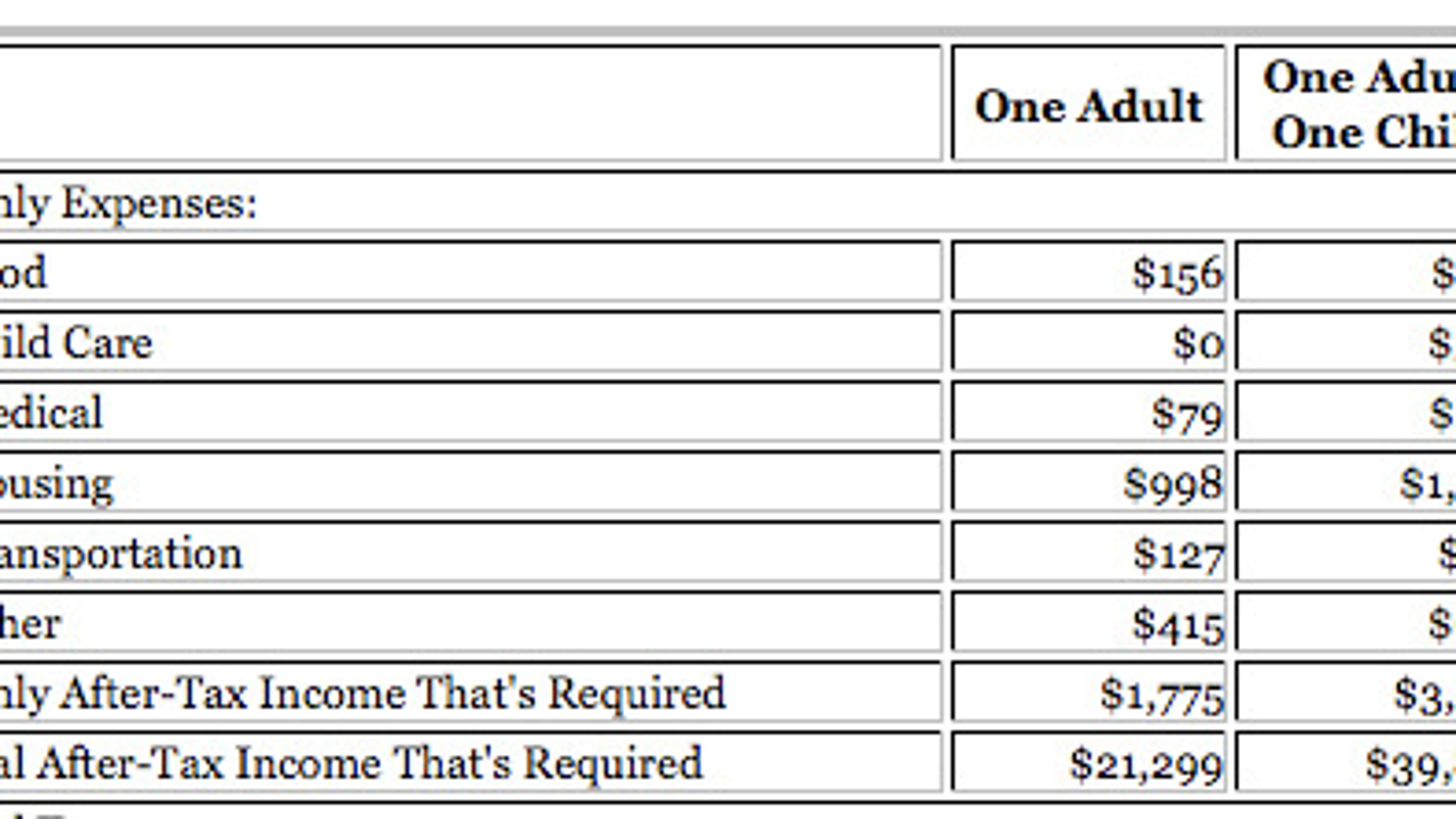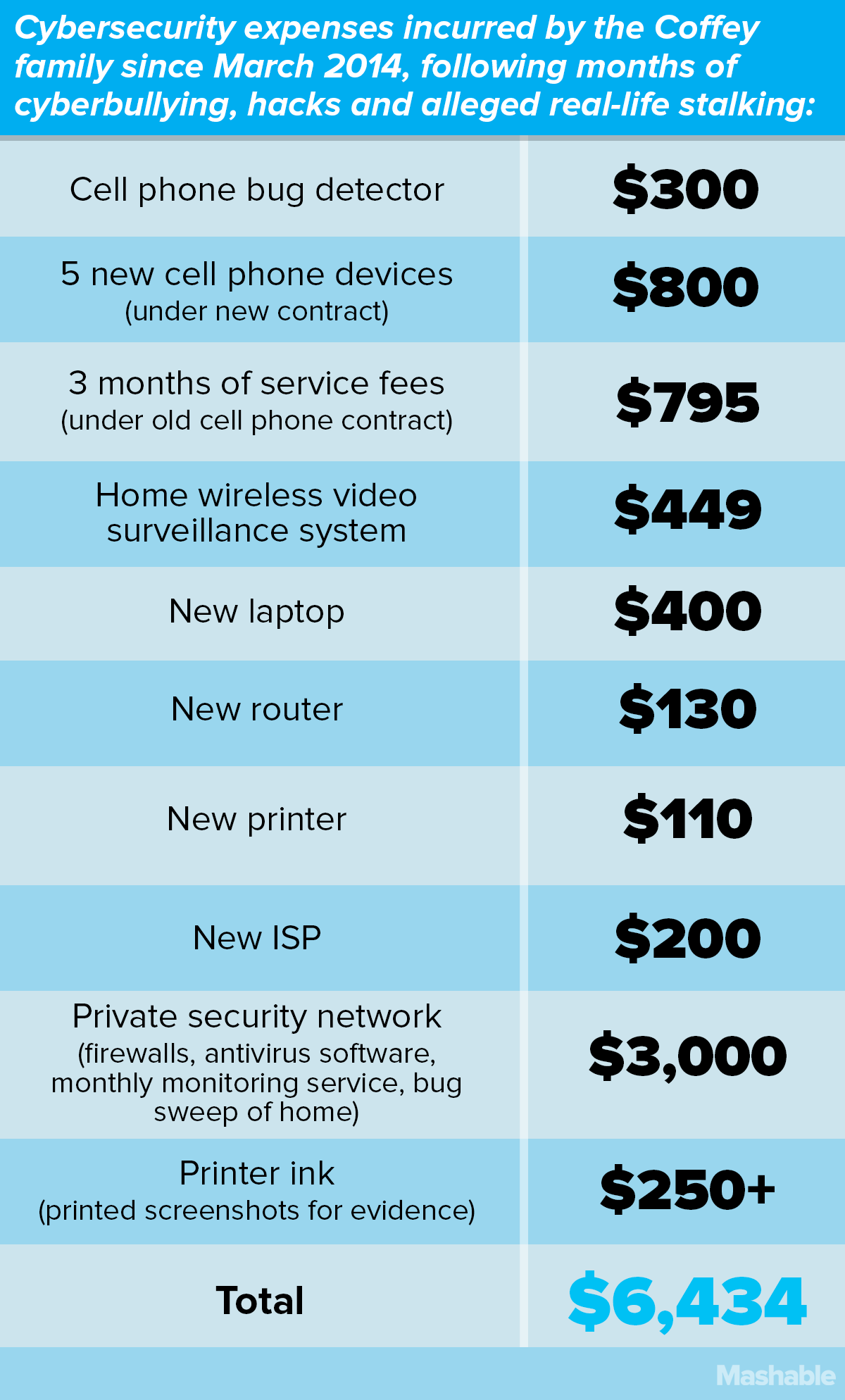

#6 months living expenses calculator how to
For more, see our guide on how to save for retirement. Make a plan to gradually boost the amount you contribute each year, preferably each time you receive a raise. These strategies have been proven to help people save more for retirement, but don’t stop there.
#6 months living expenses calculator full
If you’re already saving in a retirement account, make sure you’re contributing enough to get your employer’s full matching contribution and then put your contributions on autopilot.

When it comes to saving for retirement, the first step is picking the best retirement account. Just remember: Average calculations can’t take into account your health and lifestyle-now or in retirement-or family history that could impact your life expectancy, so you’ll want to consider them in any calculations you do. The Social Security Administration’s life expectancy calculator can provide you with a solid estimate, based on your date of birth and gender. Looking at average life expectancy is a good place to start. This is one of the most challenging facts about retirement planning: How many years of retirement income will you need? Save too little and you risk spending your savings and relying solely on Social Security income. Someone who made $200,000 each year might expect to replace 16% of their pre-retirement income from Social Security. But this share is lower for high earners. Fidelity suggests that a person earning $50,000 a year could expect Social Security to replace about 35% of income, with the rest coming from savings. That share is relatively higher for lower-income people. This is in part because Social Security benefits will cover a portion of your pre-retirement income. Nobody aims to replace 100% of their pre-retirement income from their investments, and the 55% to 80% range cited above is very common. Understanding how much income you need to replace in retirement is a key concept for planning. If you start later or expect you’ll need to replace more than those percentages, you may want to contribute a greater percentage of your income. It also assumes you’d be comfortable replacing 55% to 80% of your pre-retirement income.

Many financial advisors recommend a similar rate for retirement planning purposes.īut even then, the 15% rule of thumb assumes that you begin saving early. So how much is enough? Financial services giant Fidelity suggests you should be saving at least 15% of your pre-tax salary for retirement. Just keep in mind that you’ll need to keep increasing your contributions as you grow older. If you’re just starting out on your retirement planning journey, saving any amount is a great way to begin. Income and Percent of Income To Saveĭeciding what percentage of your annual income to save for retirement is one of the big decisions you need to make when planning.

Many retirement experts encourage people to keep working until age 70, to maximize your savings and your Social Security benefits. The default is 67, although you can begin drawing Social Security benefits at age 62, which some consider an unofficial threshold for early retirement. While your current age is obvious, you might be less sure about when to retire. If you don’t have this sort of information in hand, we offer default assumptions. To get the most out of Forbes Advisor’s retirement calculator, we recommend that you input data that reflects your financial situation and your long-term retirement goals.


 0 kommentar(er)
0 kommentar(er)
